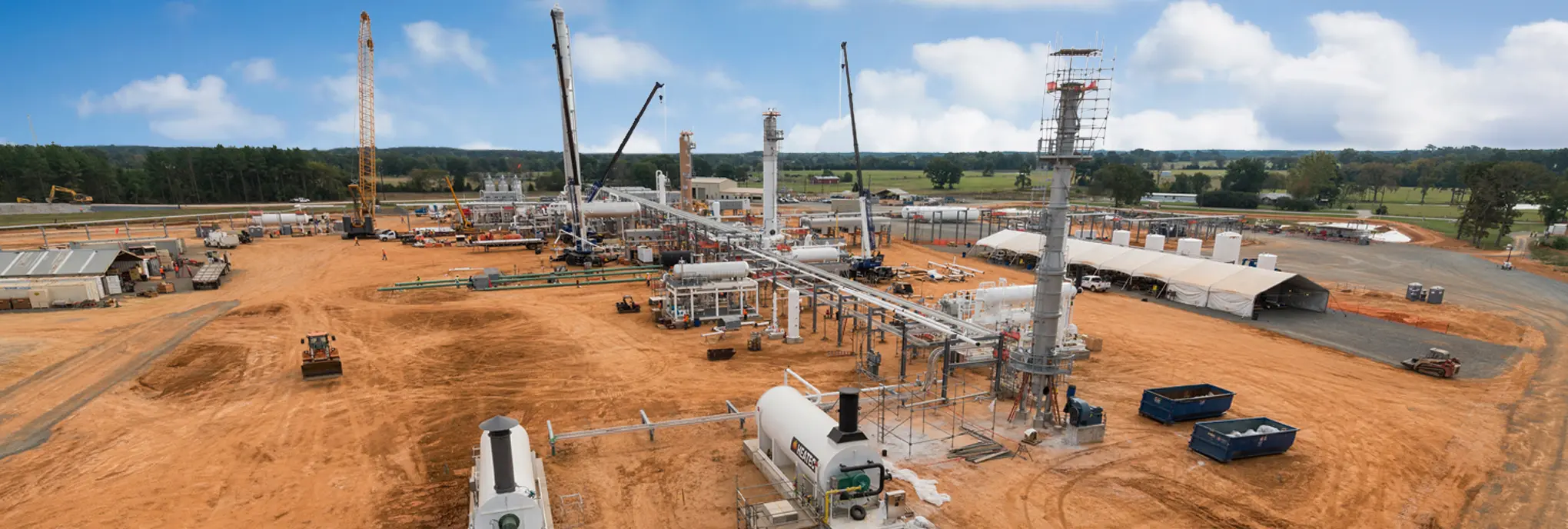

Want to share this article?
Pipeline Risk Analysis and Modeling: Part 2
In the first part of this series on pipeline risk modeling, we learned that determining the chance of a risk event and its impact is an important part of pipeline integrity management.
By anticipating risk scenarios and planning for them, pipeline developers can minimize accidental releases and costly repairs. Modeling techniques such as the matrix model (relatively simple) and probabilistic risk assessment (PRA; relatively complex) give risk assessors a chance to improve pipeline safety and efficiency. But pipeline risk modeling continues to evolve for the better.
The risk indexing model represents a third, more hybrid approach to matrix and PRA modeling. As the Pipeline and Hazardous Materials Safety Administration (PHMSA) noted in July 2015, risk analysis and modeling has largely consisted of a collection of various takes on the “risk index” approach before integrity management rules were implemented. These indexing models, which assign relative weights to the activities and conditions associated with a pipeline, continue to be popular and effective. However, the PHMSA notes that “the ability of many of these approaches to do more investigative oriented analyses in order to identify specific ways to reduce risk is limited.” Believing that risk analysis and modeling must be advanced further, the PHMSA made a call for abstracts for a public workshop on advances in pipeline risk modeling, held in September.
Yet regulation and government aren’t the only factors influencing the evolution of pipeline risk analysis and modeling. With the concept of Big Data firmly in place for many industries — including oil and gas — it shouldn’t be surprising to see data mining get referenced in conjunction with discussions of how to improve pipeline risk models. D’Atri et al. presented their ideas on that topic (PDF) at the World Gas Conference in 2009, stating “the integration between quantitative and qualitative methods is the way forward to improve risk analysis models,” including the use of data mining techniques that allow researchers to “discover rules of behavior of the system.” Drawing from maintenance records of pipelines, the group was able to apply algorithms to the data to create better classification rules and make better decisions about how to reduce the chance of a release.
The evolution of pipeline risk modeling is occurring outside of academic institutions as well, beyond the mixed method approach. MACAW Engineering and ROSEN Integrity Solutions are two commercial entities that have teamed up to create a strictly quantitative pipeline risk model called QPRAM. Citing “its experience and dissatisfaction with semi-quantitative risk models,” the companies created the QPRAM model (PDF) to be flexible and provide a fine-grain level of detail, down to the meter, using automated GIS processing. Using this advanced model, the coalition has been able to identify areas of high consequence risk, including area of lethality for toxic gas releases and dispersion of subsea oil releases.










